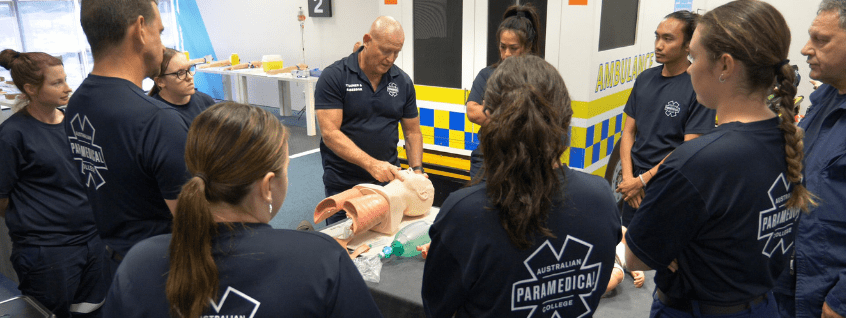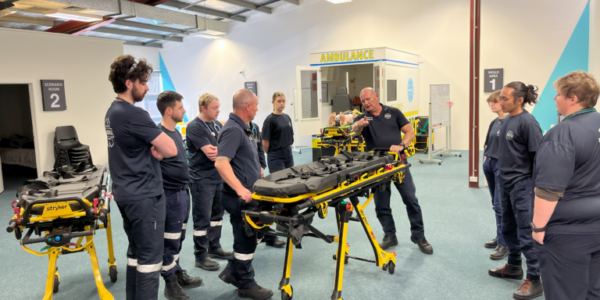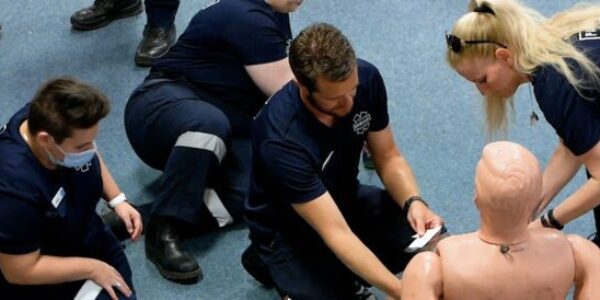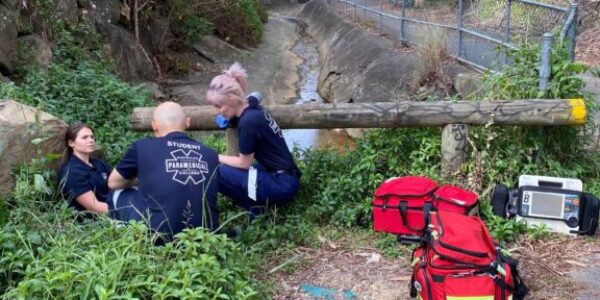Published 22nd September, 2023.
Whether you’re located in Australia like us, or somewhere else across the globe, you’ve likely seen ambulances being driven by paramedics or healthcare professionals alike. Whilst all are highly skilled professionals, there can be more to the role than what meets the eye. Much like any profession, the field of paramedicine has various specialised roles, each with skillsets that differ from the next.
Within this blog we will discuss what the role of a Mobile Intensive Care Ambulance (MICA) paramedic is, the differences in their role, salary and how you could become one too!
What is the background of MICA paramedics?
You may be excited to hear that the first MICA paramedic was trialled in Australia! That’s right – in 1971, an emergency doctor and senior paramedic were called to the most time-critical patients to see if better outcomes could be achieved together. Positive results were recorded from the trial as a result of the team’s combined knowledge and skillset, so the official position was introduced.*
*Source: Emergency Medical Paramedic (2023)
What are the differences between a MICA paramedic and an ambulance paramedic?
An ambulance paramedic is an individual who has completed the relevant training to become AHPRA registered and now works for the state service. You will find these paramedics working often in Mercedes Sprinter vans like the one pictured to the left below. As for MICA paramedics, they can work in Mercedes Sprinter vans, Ford Territories, Toyota Wagons or similar as pictured to the right.  *Source: Shepparton News (2023) and Luke Scholes (2023)
*Source: Shepparton News (2023) and Luke Scholes (2023)
The best way to differentiate a MICA paramedic from an ambulance paramedic is that MICAs hold more advanced skill sets. Whether it’s anatomy, pharmacology, physiology or more, a MICA’s greater knowledge means more efficient decisions can be made without further medical consultation. This further expands onto complex head injuries, advanced airway management and more. *
*Source: Ambulance Victoria (2023)
What is the salary of a MICA paramedic?
Whilst MICA paramedics can be considered as some of the best in their field, salaries are still dependent on prior education, skillset and any other additional factors such as residing area and company you work for.
You can expect an annual of approximately $78,400* as a trainee and up to $149,293 as a “Year 3 Relieving Paramedic Community Support Coordinator MICA”.
*Source: Ambulance Active (2016)
How can I become a MICA paramedic?
To become qualified, individuals need to hold the position of Advanced Life Support (ALS) paramedic for at least two years. Once you have filled this position, you may look into applying for a MICA position with Ambulance Victoria which, once successful, consists of a 12-month graduate Diploma, six months of supervised on-road training and then a final 12 months of supervised practice before you’re officially qualified. *Source: Sydney Morning Herald (2023)
*Source: Sydney Morning Herald (2023)
Ready to get started?
If you’re interested in taking the first step towards a career in paramedicine but are not sure where to start, why not consider enrolling at Australian Paramedical College (APC) and checking out our university pathways?
APC has over 10 years of experience within the education sector, training thousands of individuals to pursue the careers they have always wanted! Many of our graduates have gone on to become state-registered ambulance paramedics through our HLT51020 – Diploma of Emergency Health Care (formerly known as a Diploma of Paramedical Science).
Reach your fullest potential by checking out our Diploma here or apply directly here!


